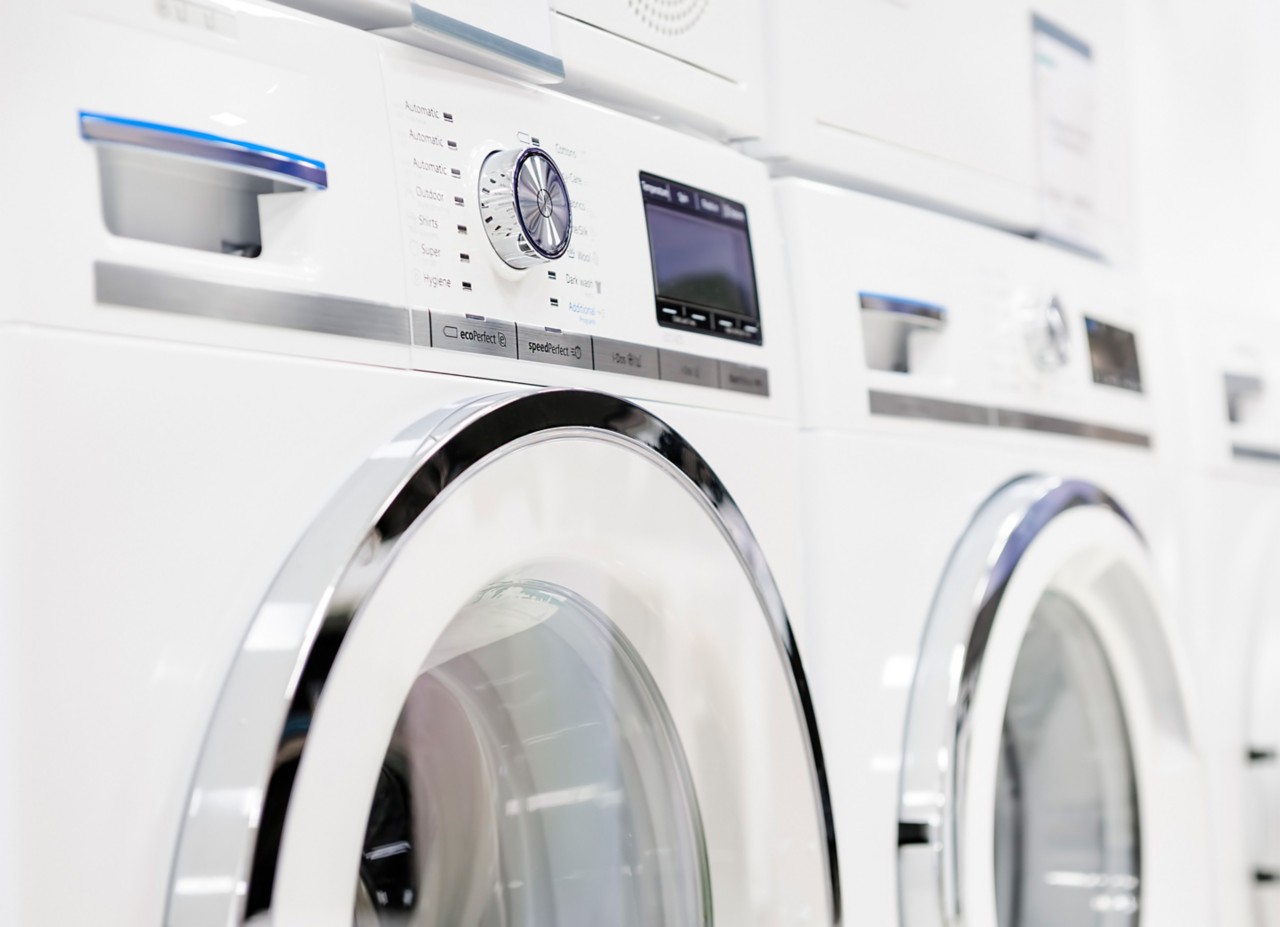
Dependable solutions
We make a variety of materials for use in small and large appliances, offering important features like durability, crystal clarity, scratch resistance, and color adhesion and retention. Eastman can also help improve your sustainability story and stand out against competitor brands. We offer solutions with certified recycled content* and reduced microplastics. Explore the following product categories to find out about the unique benefits and applications of our materials.
*Recycled content certified by ISCC using mass balance allocation



Products
From specialty plastics to coating additives, find the right solution for your home or kitchen appliance.




